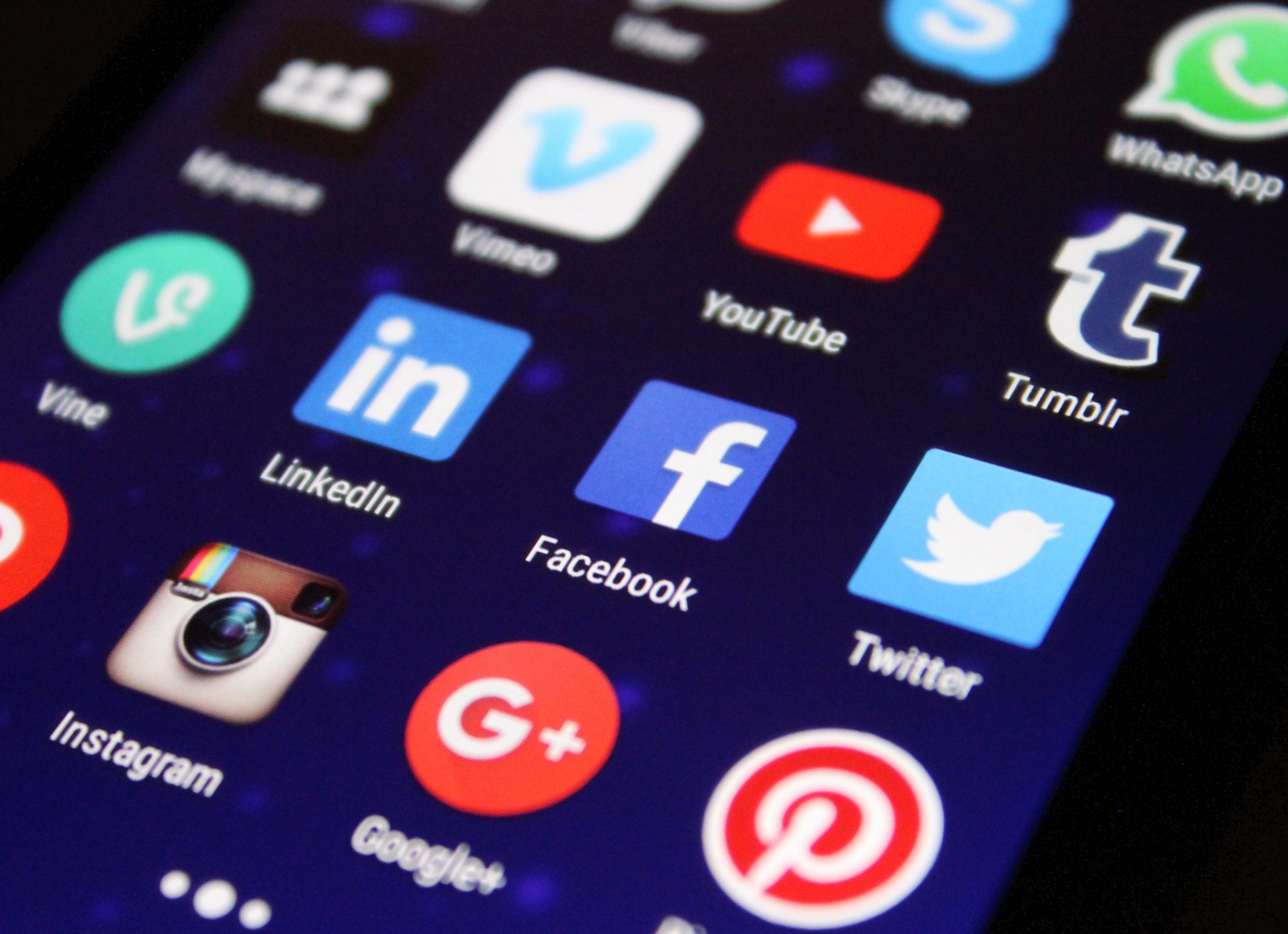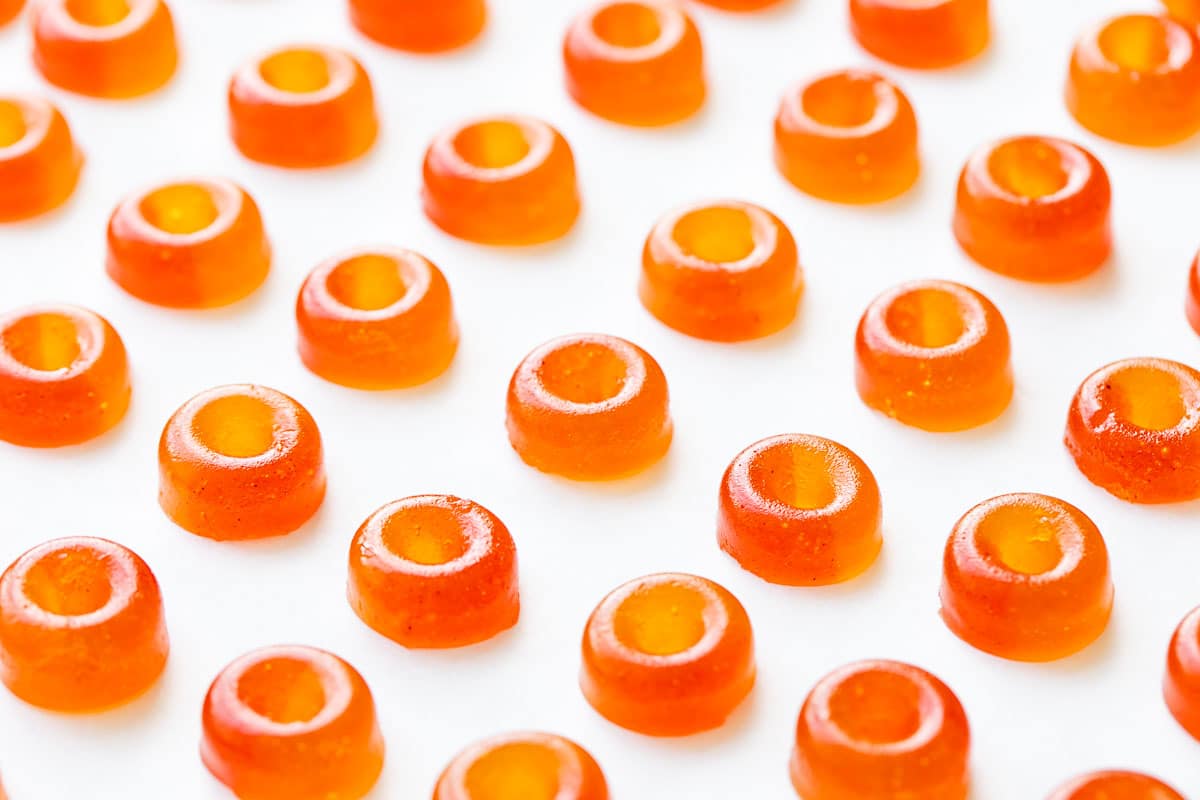Pepsi Marketing Strategy: 4 Takeaways From 55 Years of Advertising
From the fable of Crystal Pepsi to the success of the Pepsi challenge, the marketing strategy of this soft drink giant over the years has plenty of takeaways for advertisers and marketers.

Let’s make one thing clear, the beverage product that Pepsi makes is called “pop.” And that’s the end of that discussion.
However, a much broader conversation can be had about the impact of Pepsi’s marketing strategy. Despite being one of the world’s largest companies, Pepsi has always played second fiddle to Coca-Cola in the market — meaning it needs to make a splash with its brand awareness and marketing strategy.
PepsiCo turned 55 in 2020, and has offered numerous examples of marketing, good and bad, over the years. Let’s look at 4 takeaways from Pepsi’s marketing strategy and what lessons they might hold for your own marketing.
1. Maintain mindfulness
Let’s address the 2-ton elephant in the room: Yes, we’re going to talk about that Kendall Jenner ad.
For the unaware, in 2017, amid social unrest and the Black Lives Matter movement, Pepsi decided to try to get in on the trend through some in-the-moment advertising. However, the execution of the campaign left a lot to be desired.
The ad Pepsi ended up releasing featured Kendall Jenner, a model and member of the Kardashian clan. In it, Jenner walks forward from a line of cheering protestors to hand a can of Pepsi to a police officer. The officer accepts it with a smile, and as a result of the grand gesture the entire scene breaks out in raucous joy and all our societal troubles are solved!
While the concept was likely well-intentioned, the ad was swiftly derided, condemned and lampooned across all corners of the internet. Many critics saw such advertising as a naked attempt to glob onto a meaningful trend and corporatize a social justice cause, thereby glossing over the real issues.
Pepsi quickly issued a mea culpa and pulled the ad, but the damage was already done, as the notorious bit is still the subject of jokes and memes.
The takeaway: Always maintain mindfulness of the moment and social temperature. Pepsi ended up with a dozen eggs on its face because it was perceived as making light of a very serious situation for its own gain.
That’s not to say you can’t ever connect advertising to a social cause or current event. But to be successful, your strategy must carefully consider your message, brand image and tone. Soliciting feedback from customers on the issues they care about and how they wish to see those causes represented can help you nail down a promotion campaign that doesn’t run afoul of those thin lines separating genuine awareness and corporate schtick.
2. Don’t be afraid to take the fight to your competitors
When you’re fighting for market share, you need innovative ways to frame your competition and your business in contrasting lights. Enter the Pepsi taste test challenge.
Now a legendary campaign, the Pepsi challenge of the 1970s basically had random consumers blind taste test Pepsi and Coca-Cola. The results surprised many who had professed to be Coke enthusiasts, but who chose Pepsi as the better-tasting soft drink.
The results were a sea change, prompting Coke to issue defensive press releases amid the advertising embarrassment it sustained. The company even responded by tinkering with its traditional ingredients to create “New Coke.” The result was a massive brand stumble: Hundreds of thousands of Coca-Cola lovers wrote in demanding a return to its traditional formula.
The takeaway: Competition is competition for a reason. If you want to increase market share or raise brand awareness, contrasting your product portfolio with your competitors’ can create intrigue among the consumer population. The jury is still out on if the challenge created new customer loyalty, but it certainly did the trick of simultaneously elevating Pepsi products while diminishing the allure of Coca-Cola. Pepsi even relaunched the challenge in 2015 using social media.
3. Not every failure is your fault
Crystal Pepsi was not the immense failure that it’s so often made out to be.
Launched in 1992, Crystal Pepsi looked to capitalize on the changing of a decade, leaning heavily on the Van Halen anthem “Right Now.” It was to be a new clear soda for a new generation, replete with a massive promotional campaign tying into the changing tides of society.
Instead, it ended up on the pop culture scrap heap — but not for the reasons you might have initially believed.
Crystal Pepsi was actually selling well. As it happened, Coca-Cola had its revenge. The company created Tab Clear, a product purposefully designed to degrade the entire clear soft drink market, bringing down both Pepsi Crystal and Tab Clear. The “kamikaze marketing” tactic worked, and the millions that Pepsi invested are lost to history.
The takeaway: Even your best-laid marketing strategy can still go awry. The failure of Crystal Pepsi was due to a nefarious plan by competition. So, don’t take every loss to heart — as the drink was even relaunched in the 2000s. If and when marketing losses do occur, take the time to understand what went wrong so you have the tools and experience to tackle such issues down the road.
4. Celebrity endorsements carry weight
Pepsi understood the value of influencer marketing before influencers were a thing. You can always count on star power to drive campaign interest and engagement, and celebrity endorsements is a well Pepsi continues to go back to.
Who doesn’t remember the Britney Spears Super Bowl commercial? Or the classic Cindy Crawford spots? Even the product placement of “Pepsi Perfect” in the “Back to the Future” movies was a major hit.
Influencers and celebrity endorsements lend your marketing campaign extra credibility and appeal. And while it might cost a pretty penny to wrangle an A-lister, the investment may be worth it if millions of consumers see somebody they adore enjoy your products.
The takeaway: You can always lean on influencers to raise brand awareness and give your messaging a little oomph. However, just be ultra careful with how you deploy them and your messaging (i.e., avoid a Kendall Jenner situation). Influencer marketing is here to stay, and your company should think about identifying the influencers your target audience is most likely to follow or respect.
Here’s to the next 55 years of Pepsi marketing strategy
Pepsi’s marketing strategy has provided us with a number of hits and misses over the years. But such is marketing! The key is to take away helpful lessons and insights that can guide your advertising campaigns and marketing strategies.
Pepsi’s marketing strategy has evolved over the decades and continues to do so, as the brand focuses on making inroads with health-conscious Gen Z consumers and leveraging data to bring greater awareness to its entire product portfolio, which includes Mountain Dew, Gatorade and even Doritos.
Do you have a favorite example of Pepsi marketing? Share yours in the comments below!

 Koichiko
Koichiko 







![What is Context Marketing? Why It Matters in 2022 [+Examples]](https://blog.hubspot.com/hubfs/context-marketing.jpg#keepProtocol)

![How To Begin a Video Marketing Plan [VIDEO]](https://www.digitalmarketer.com/wp-content/uploads/2022/04/Video_Marketing-1024x576.png)





















